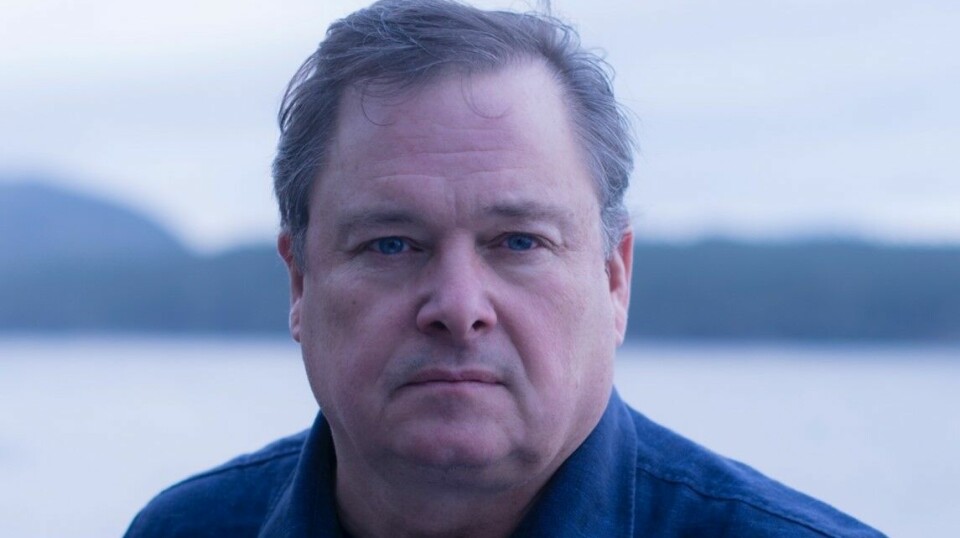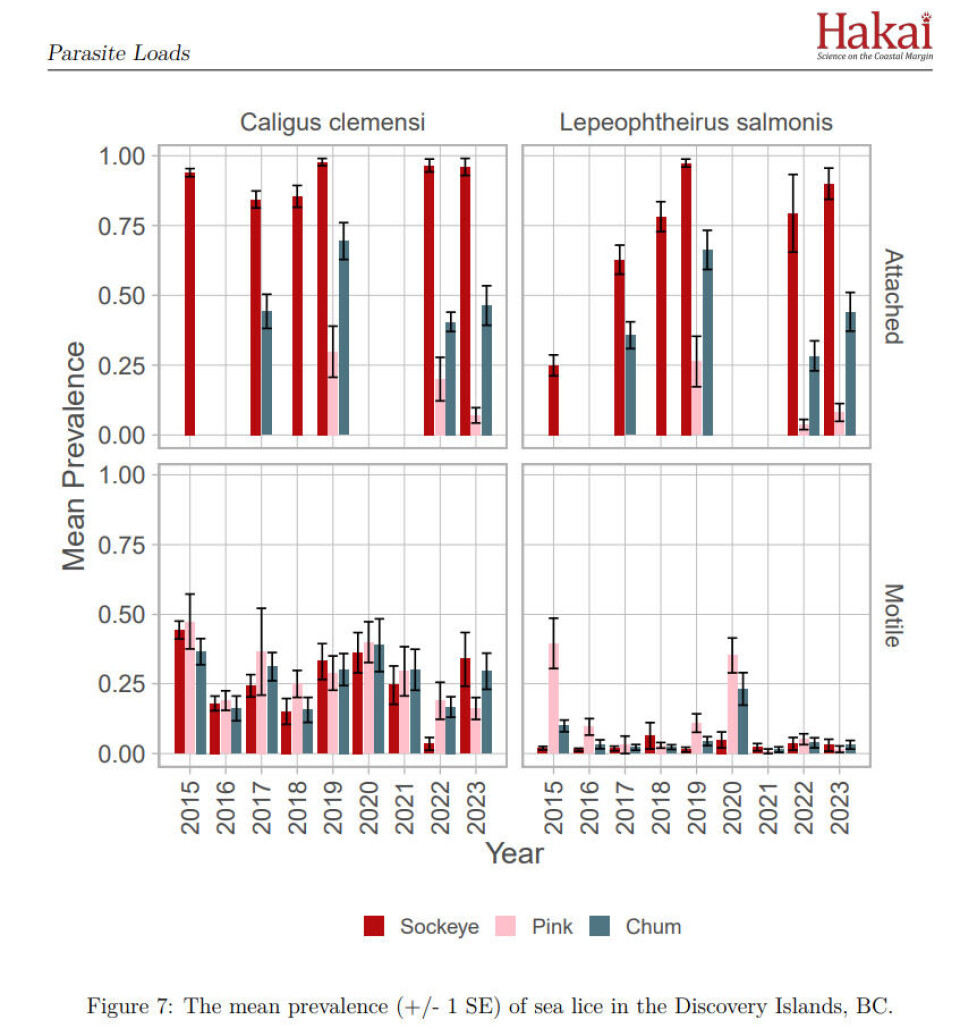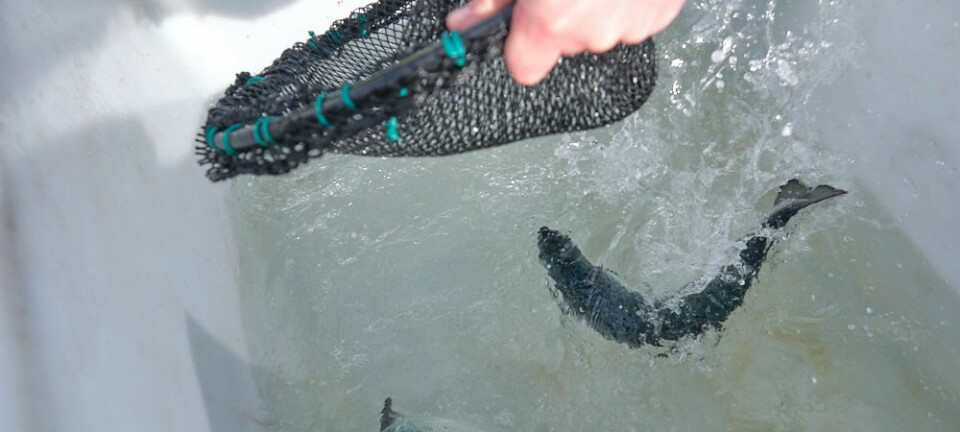
BC salmon farmers dismiss new claims that site closures reduced lice numbers
Salmon farmers in western Canada have refuted claims by anti-salmon farming campaigners that numbers of sea lice attaching to juvenile wild salmon in British Columbia have declined since the federal government ordered the shutdown of sites in the Discovery Islands region.
The BC Salmon Farmers’ Association, which represents producers in the province, said in a statement that since 2017, out-migrating juvenile wild salmon have been monitored annually by independent professional biological consultants in multiple salmon farming regions of British Columbia. During this time, no data has shown an increase in sea lice levels on wild salmon that have migrated past salmon farms in the Discovery Islands region.
“Recent claims by anti-salmon farming campaigners suggest sea lice on juvenile wild salmon declined by 96% from 2020 to 2022 in the Discovery Islands region of British Columbia due to the removal of salmon farms from the area,” stated the BCSFA.
“However, data collected by registered professional biologists does not support this claim.”
The monitoring referred to by the BCSFA was by Mainstream Biological Consulting, a company based in Campbell River, BC, which was commissioned by salmon farmers Mowi, Cermaq, and Grieg, and by the Hakai Institute.

The BCSFA’s executive director Brian Kingzett said: “Professional biologists have consistently measured the abundance of sea lice on wild juvenile salmon at the same locations for the past seven years in the Discovery Islands region.
“The data shows that the sea lice abundance on juvenile wild salmon in 2022 was about 50% less than in 2020, however, that was the case both before they reached salmon farms and after they passed by salmon farms. Furthermore, 2022 sea lice levels were similar to 2017 and 2018 when all farms were active in the Discovery Islands region.
Activists have changed sampling locations each year and selected just two data points to try and support their narrative while ignoring long-term trends from data collected all along the coast.
“Activists have changed sampling locations each year and selected just two data points to try and support their narrative while ignoring long-term trends from data collected all along the coast.
“We now have seven years of independent sea lice monitoring demonstrating that sea lice levels have been consistently low with most out-migrating juvenile salmon while salmon farms were operating and after they were removed.”
Below thresholds
The BCSFA stated that an updated analysis by Fisheries and Oceans Canada (DFO) confirms that sea lice levels on farm-raised salmon in the Discovery Islands were kept well below the strict regulatory thresholds required during juvenile salmon out-migrations.
Additionally, a 2022 sea lice science response by the Canadian Science Advisory Secretariat titled “Association between sea lice from Atlantic salmon farms and sea lice infestation on wild juvenile Pacific salmon in British Columbia” concluded that there was no statistically significant association between sea lice on salmon farms and the probability of sea lice infestation on wild juvenile chum and pink salmon in Clayoquot Sound, Quatsino Sound, Discovery Islands, and Broughton Archipelago.
“The same narrative – this time shockingly slipping through the peer-review process – is recycled by anti-salmon farming campaigners annually,” said Kingzett.
The BCSFA said it released a sea lice report responding to the same claim made by anti-salmon farming campaigners in 2021.
It added that the same campaigners have made recent claims attempting to link this year’s high returns of adult pink salmon to the closure of salmon farms, which were also quickly debunked by the BCSFA resulting in a major news provider removing the claims from its website.
























































